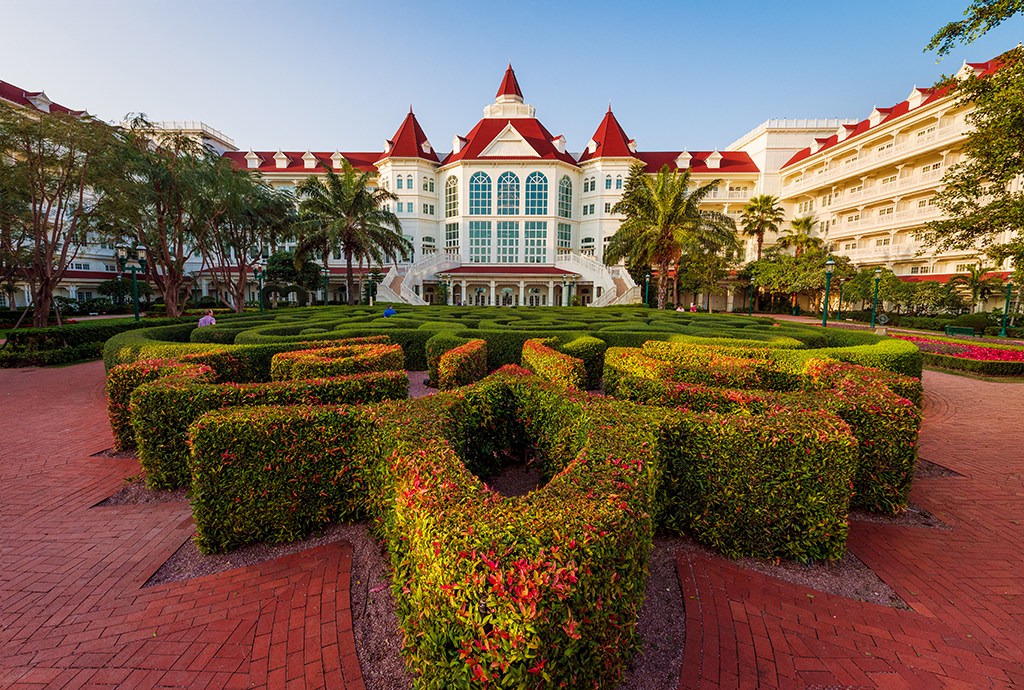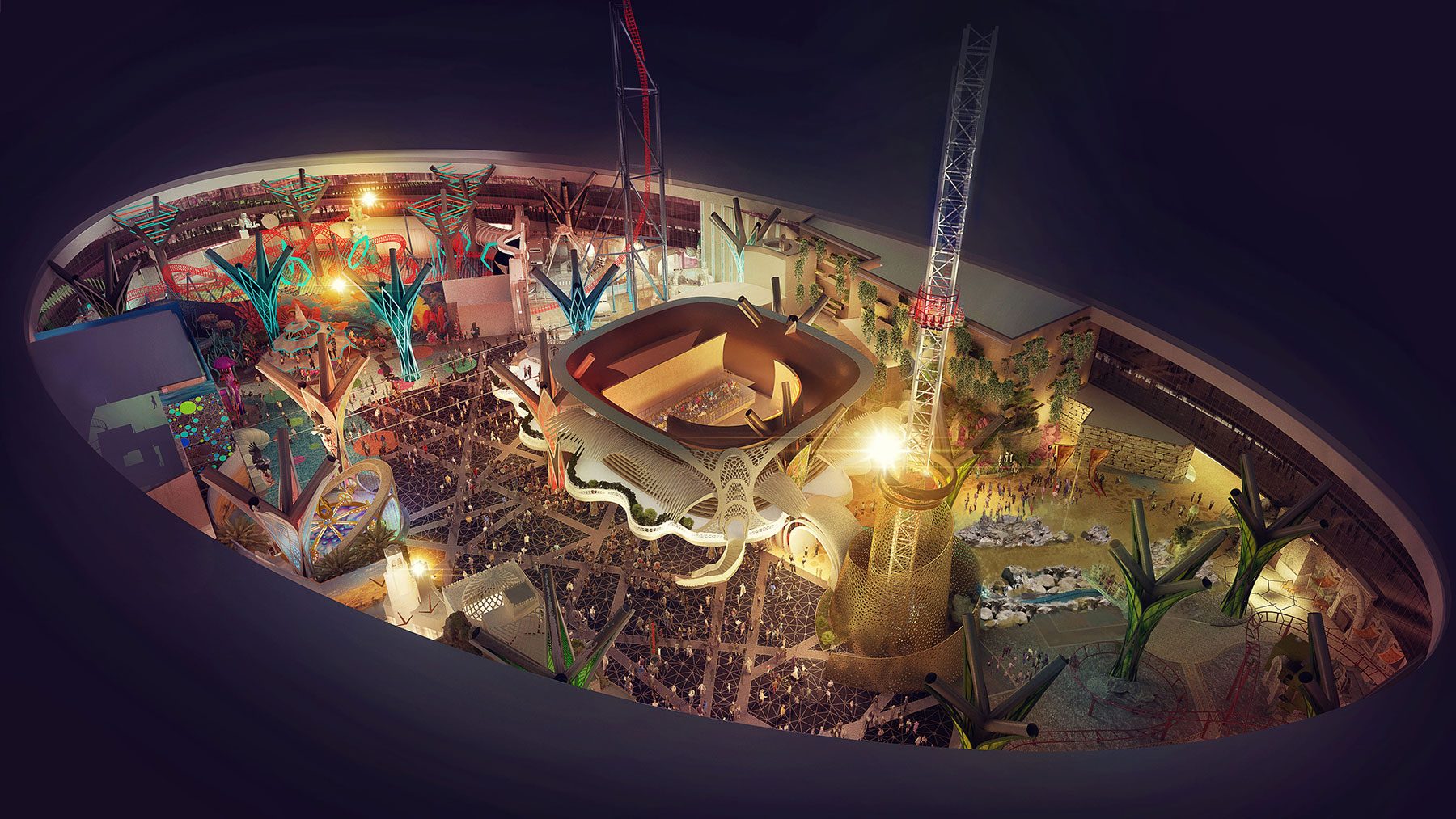How to Deliver an Entertainment Destination
Gain insight into delivering entertainment destinations and all that's involved in the journey to opening day.
This article, an interview with Martin Zurauskas, Managing Director of nFusion, originally appeared in Park World Magazine, January 2019
Turning Dreams Into Reality
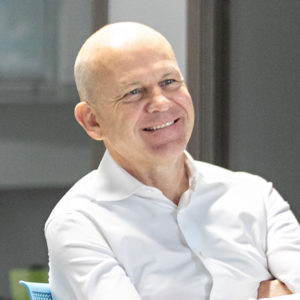
nFusion is an independent project management firm specialising in the delivery of cultural and entertainment destinations. Park World editor Becci Knowles speaks to managing director Martin Zurauskas to find out more about the journey to opening day.
What is your background in the industry?
Having trained as an architect at the university of Adelaide my career in the entertainment and leisure destinations industry began over 30 years ago.
While a lead consultant project manager at WATG, I was responsible for managing the design completion and construction of LEGOLAND Windsor in the UK, right through to opening.
I went on to lead the development of LEGOLAND Parks handling site selection, feasibility, project delivery strategy, design, and construction as the vice president of development at LEGOLAND Global Family Attractions. In that role, I also established the in-house design and project management teams responsible for the delivery of parks and brand retail stores.
Over the past several years as a project management consultant for themed destinations, I have led teams responsible for attractions development in locations spanning over thirteen countries, with brands and developers such as Marvel Studios, Paramount, Dubai Holding, Danjaq, KidZania, Mubadala, Nickelodeon, MGM, Meraas Holding, Ocean Park, TDIC, Cartoon Network, Lotte, London Resort Holdings, MTR Hong Kong, Gems Education among others.
I understand that many projects never come to completion, why is this and how does nFusion’s ‘big picture perspective’, ensure a project’s success?
A common stumbling block is that developers do not take all necessary steps to determine that a project is feasible before spending high amounts of capital on developing a creative vision and producing beautiful renderings.
Developers and other stakeholders can get into the trap of falling deeply in love with a particular vision for a project and the idea of making the project grander, bigger, and better than anything else out there – which is essentially impossible, especially if they are not one of the top handful of major players in the industry.
This ‘love’ blinds them to holistic thinking, making it difficult to scale the development to a particular site, demographics, and demand.
Developers can end up investing all of their time and money into what sits on top of the dirt, and not what is below the dirt. This error can result in rapid project failure.
To combat this risk, the creative must be carefully and realistically framed for the location and budget of the stakeholders.

Our team’s backgrounds in traditional and specialty design and construction, combined with real-world knowledge of what it takes to deliver a project, are a critical tool in achieving success for our clients.
By taking a ‘big picture perspective,’ we help our clients reach delivery by ensuring critical elements of planning, design, implementation, and opening are aligned with each other and scope, timeline, and budget.
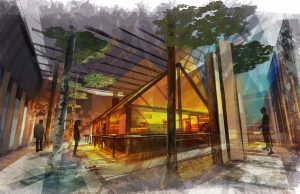
You have the contract, what happens next?
At nFusion, we take a 4-Gate approach to development and expansion projects, in order to ensure that budget is allocated properly, timelines are met, and a project does not fall out of alignment at any stage in the process.
This involves determining scope and feasibility before concept is finalized (Gate 1 – Is it feasible?), marrying a concept and design with due diligence before committing approximately 95 percent of the funding (Gate 2 – Is it deliverable?), detailing design and determining procurement strategy before shovels meet the ground (Gate 3 – Is it buildable?), and ensuring the project is completely integrated and pre-opening activities are underway before handing over the keys (Gate 4 – Is it operable?). We’ve found that having a set of core documents is essential to achieving a shared understanding for all involved teams throughout the entire development process.
We’ve broken it down into three essential pieces: the Program Book, which documents why the project is being developed and the scope, including a rough timeline of key dates; the Delivery Plan, which includes a detailed work plan and schedule; and the Implementation Manual, laying out the rules and protocols for the entire development process, through opening day, including tools and processes.
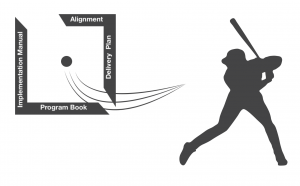
How do you decide the procurement strategy, for example, which ride manufacturers to work with?
Before the procurement strategy can be finalised, we must determine that all elements are in line with the vision and budget. We also must ensure that the developer is satisfied with the experience that is planned to be delivered.
One example is when clients express interest in incorporating newer AR and VR technologies into their parks or attractions. These can be a high capital expenditure that is not feasible for all developers. That said, older tech can be used in new ways to offer fresh experiences.
For instance, at Fort Edmonton Park in Edmonton, Alberta, Canada, we recommended using rear projection and front projection to create a 3D-like, immersive experience – providing the same intent without the same costs.
This is also where our team’s combined experience and industry relationships are invaluable, as we can quickly identify vendors and other third parties who are a fit to help deliver these destinations.
At what point should stakeholders announce the project?
This can vary based on the scale of the project and stakeholder strategy.
We generally advise that before Gate 3 is passed – when a project’s buildability is confirmed and shovels are about to break ground – is also when the project should go public with its messaging.
Before going public, there should not only be a comprehensive marketing and communications plan for external audiences in place, but it must also be incorporated with the program’s operations plan.
How do you prepare for opening day – at what point do you hand over to the operator?
We first ensure that all fundamentals are in place – essentially, that all involved parties accomplished all they said they would, and we measure that against what is detailed in the Program Book.
Next comes the creation of a punch list to identify all outstanding items, ensuring that each will be addressed in time for opening day.
The established Delivery Plan then governs the official Pre-Opening Sequence: operational readiness is assessed, acceptance testing dates are established, training sessions are scheduled, and operations maintenance and quality teams are mobilized.
During this process, which is critical in preparing for the official hand-off of the keys, the owner/operator team comes in to begin working during the day to train staff and set up. The building teams will still be on-site at this stage to tie up loose ends and advise, which facilitates a smooth handover.
The handover is completed at a specific pre- determined date and time, typically when the development has reached ‘substantial completion’ of construction. This could be a month, two months, or three months prior to opening day – depending on the project.
At this point, site control passes to the operator. People don’t get in or out of the property without permission, because security is in place and there is no ambiguity.

What happens on opening day? What happens afterwards? Will you have already discussed plans for future expansion?
Come opening day, the ownership/operations team will be established as having primary control of the new development.
In many cases, potential expansion strategies and plans have been discussed prior to a themed destination’s opening day, or shortly thereafter. The operator and project team will likely continue to collaborate on driving the vision forward onto a new stage.
As soon as the keys are handed over, new versions of the core documents – Program Book, Delivery Plan, and Implementation Manual – are created to reflect future plans.
Can you talk about any projects you are working on at the moment?
A couple of projects currently underway that we’ve been working on include:
- Fort Edmonton Park, where we are overseeing the construction of a multi-million-dollar expansion of the park, including the delivery of the new Indigenous Peoples’ Experience (IPE), which will feature immersive technology, dynamic exhibits, and live interpreters.
- Doha Oasis Theme Park, an indoor underground theme park, which is part of an extraordinary mixed-use experience, is another of our projects. We are currently in procurement and construction on this destination in Doha, Qatar.
While we are involved with several additional projects in Asia, Europe and the Middle East, much of this work is governed by strict NDAs.
Where in the world are you busiest developing new theme parks/attractions. Are there any territories in particular we should keep our eye on over the next two or three years?
There is continuing to be a high volume of development activity throughout East and Western Asia, including China, South Korea, Kingdom of Saudi Arabia, the UAE, and Qatar.
We are also seeing some growth in areas such as Western Europe, and even here in North America.
